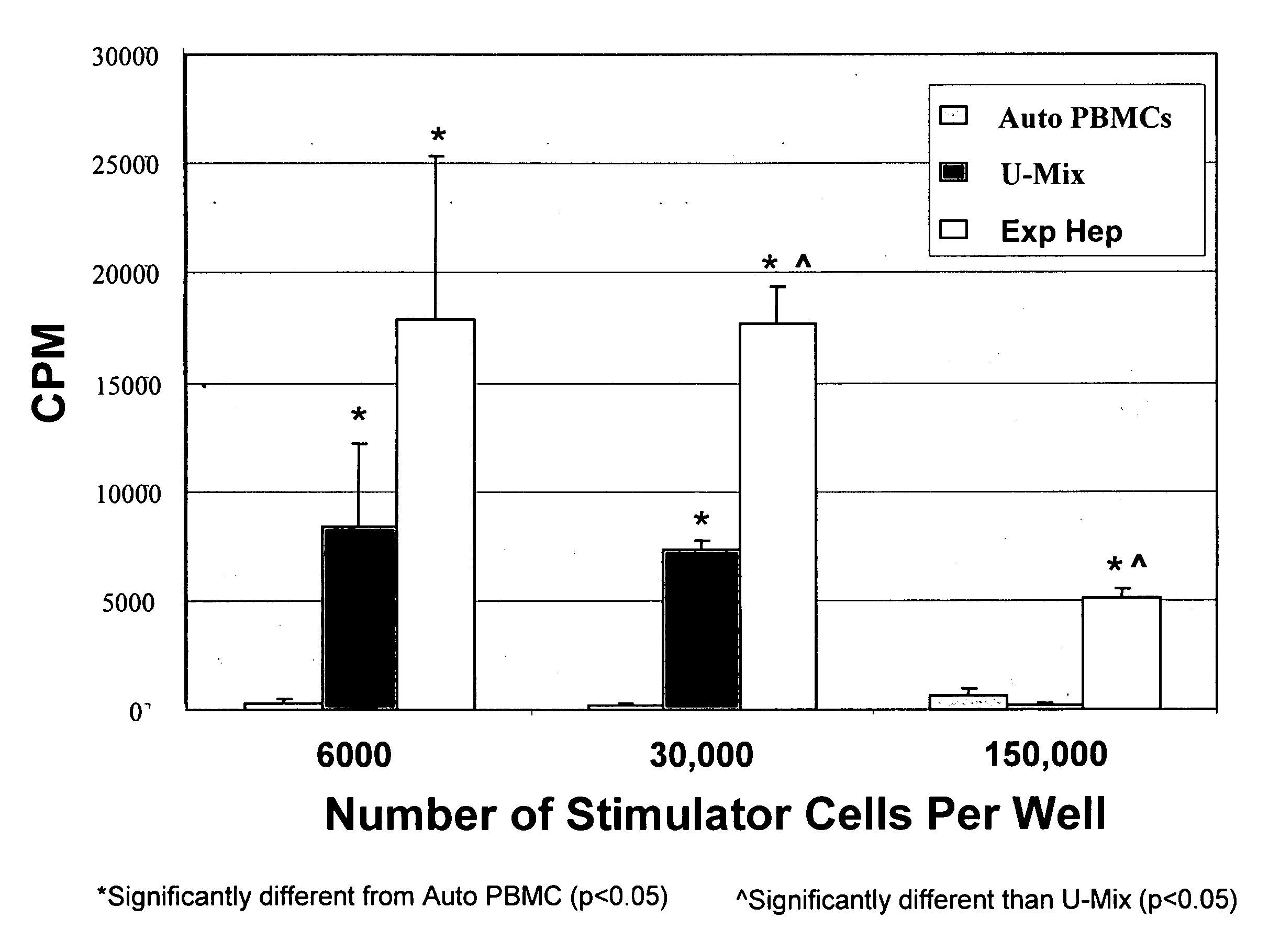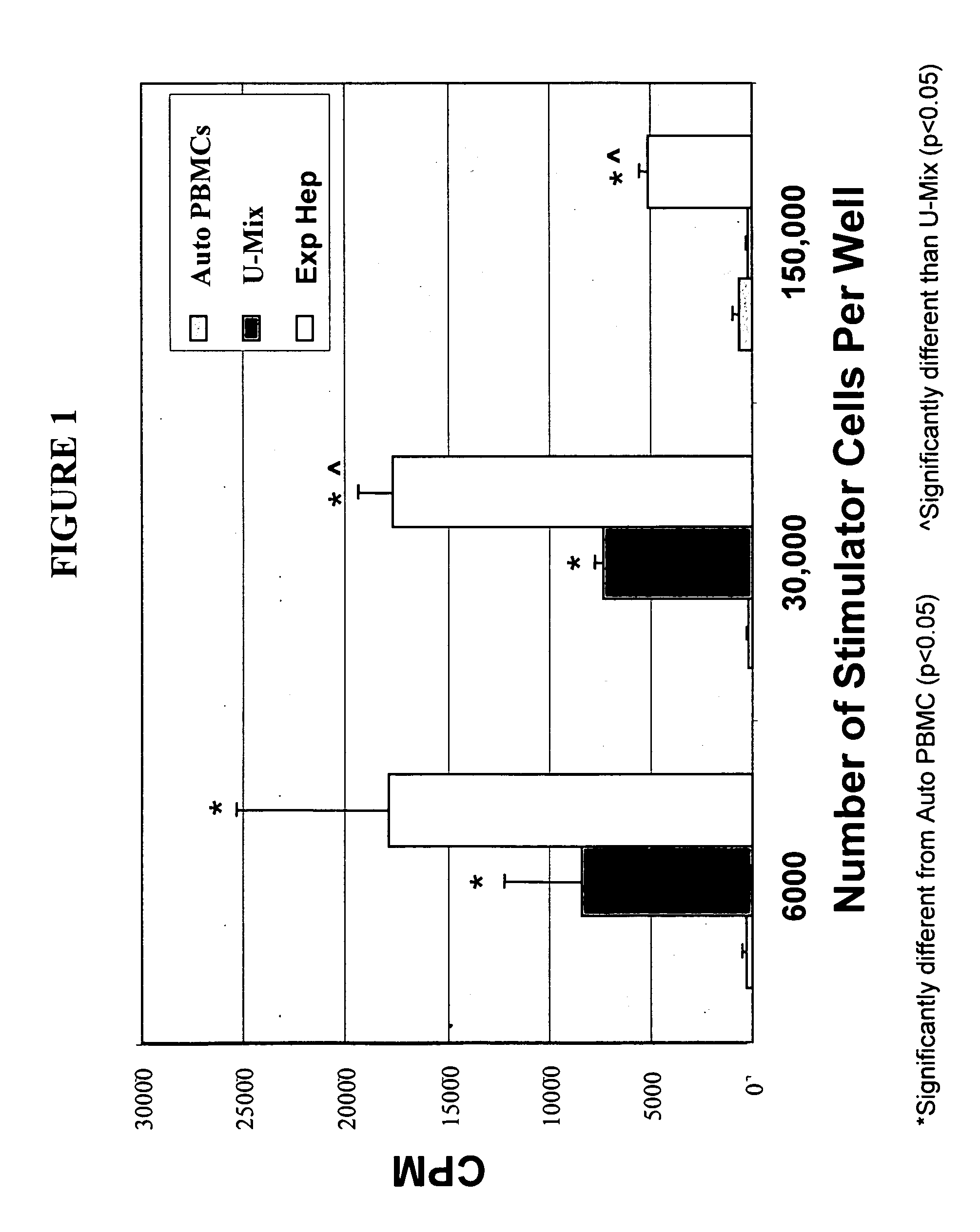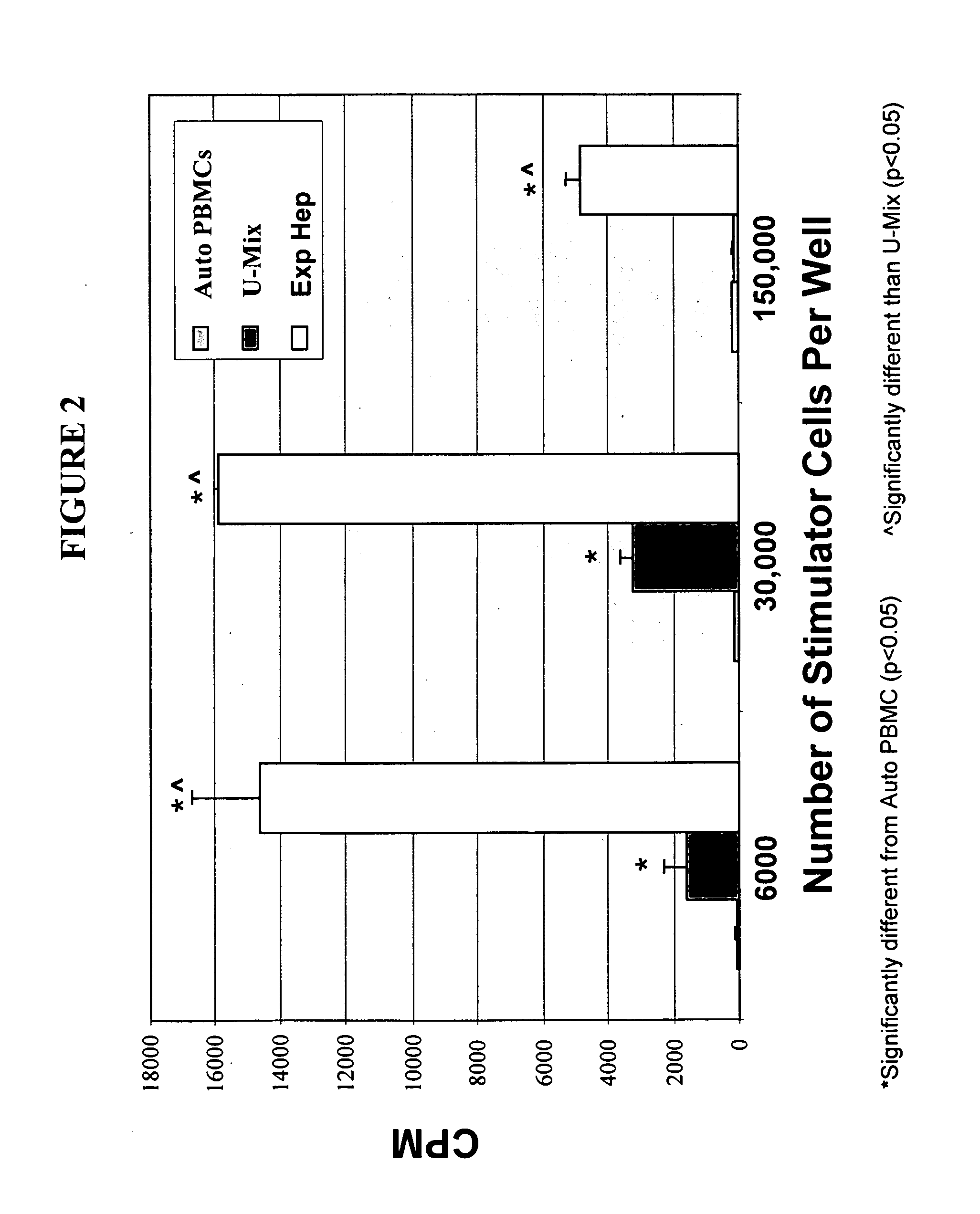Method of using hepatic progenitors in treating liver dysfunction
a technology of liver dysfunction and hepatic progenitors, which is applied in the direction of non-embryonic pluripotent stem cells, biocide, drug compositions, etc., can solve the problems of patient vulnerability, immunosuppressants are not always affective, and the time and effort is exhausted to genetically, and achieves the effect of low immunosuppressant levels
- Summary
- Abstract
- Description
- Claims
- Application Information
AI Technical Summary
Benefits of technology
Problems solved by technology
Method used
Image
Examples
Embodiment Construction
[0017] The instant invention provides for methods of transplanting hepatic progenitor cells into mammals without the need of currently standard doses of immunosuppressants, if any at all. That is, in a preferred embodiment of the invention, hepatic progenitors may be introduced into an allogenic host with little to no concomitant administration of an immunosuppressants to prevent the rejection thereof.
[0018] Currently, most, if not all, partial or whole liver transplants into an allogeneic recipient requires the use of an immunosuppressant in order to prevent immune rejection (i.e., GVHD) of the transplanted tissue. While the dose and duration of immunosuppresant use varies greatly among transplants according to factors, such as tissue to, relative genetic “match”, the instant discovery and invention provides a significant reduction in the overall usage of the drugs. Common immunosuppressants include, but are not limited to consisting of prednisone (e.g., ORASONE®), azathioprine (e...
PUM
| Property | Measurement | Unit |
|---|---|---|
| Mass | aaaaa | aaaaa |
| Mass | aaaaa | aaaaa |
| Mass | aaaaa | aaaaa |
Abstract
Description
Claims
Application Information
 Login to View More
Login to View More - R&D
- Intellectual Property
- Life Sciences
- Materials
- Tech Scout
- Unparalleled Data Quality
- Higher Quality Content
- 60% Fewer Hallucinations
Browse by: Latest US Patents, China's latest patents, Technical Efficacy Thesaurus, Application Domain, Technology Topic, Popular Technical Reports.
© 2025 PatSnap. All rights reserved.Legal|Privacy policy|Modern Slavery Act Transparency Statement|Sitemap|About US| Contact US: help@patsnap.com



